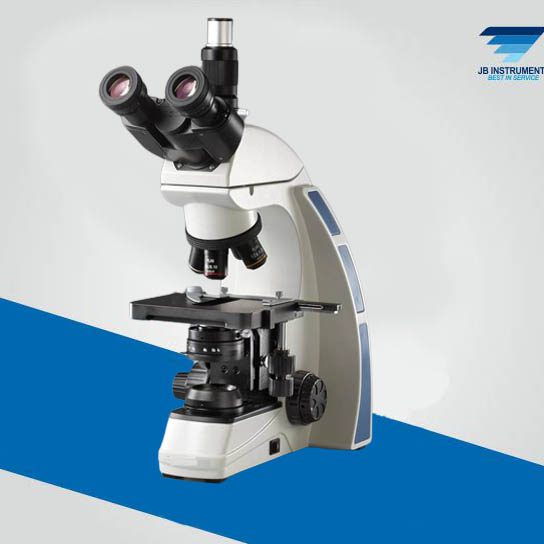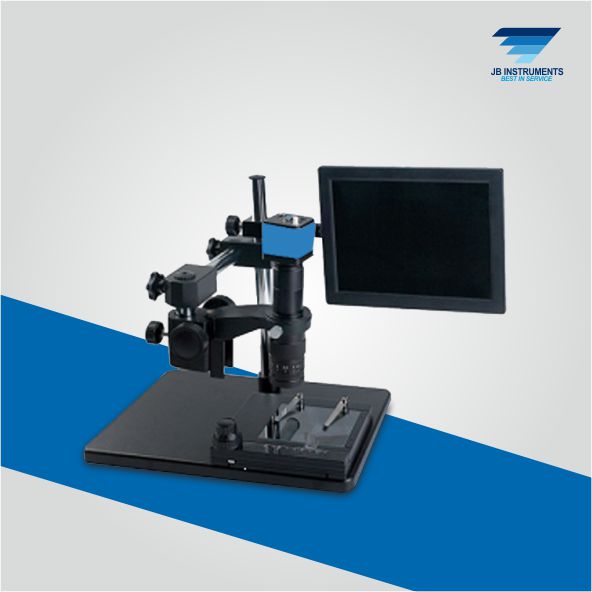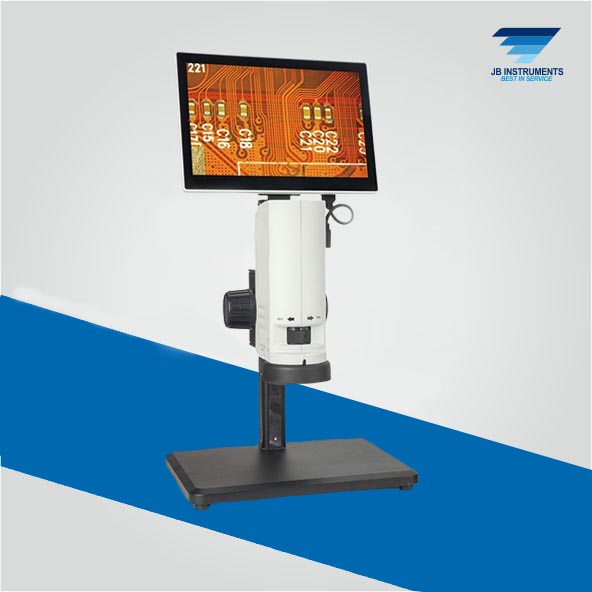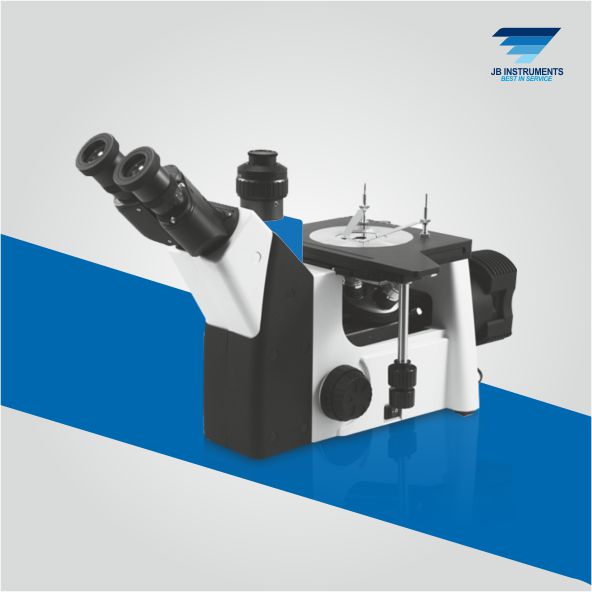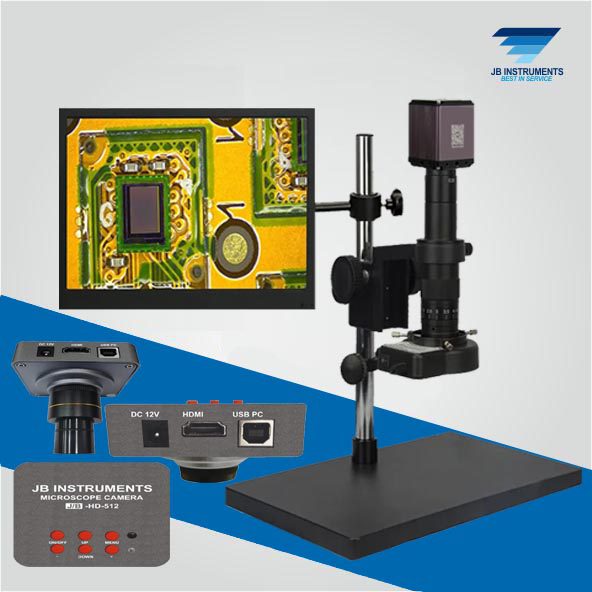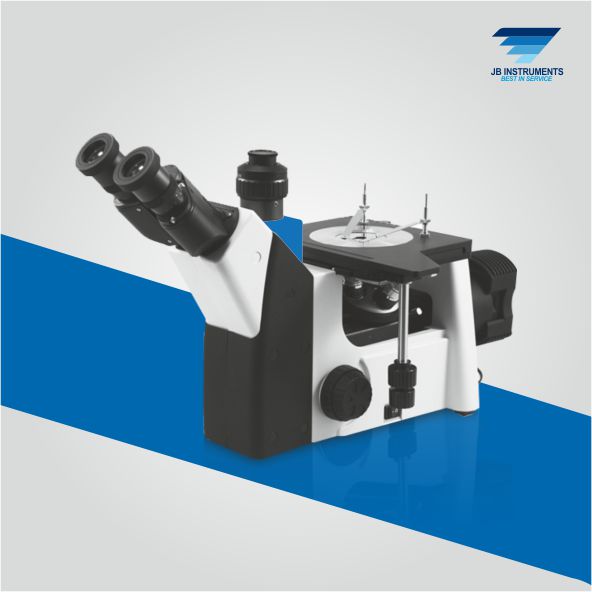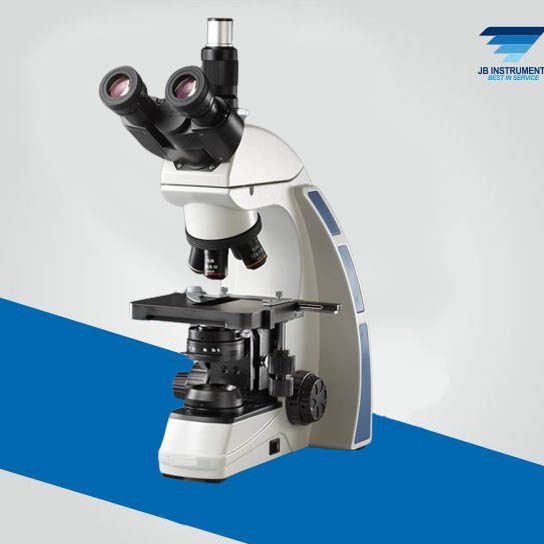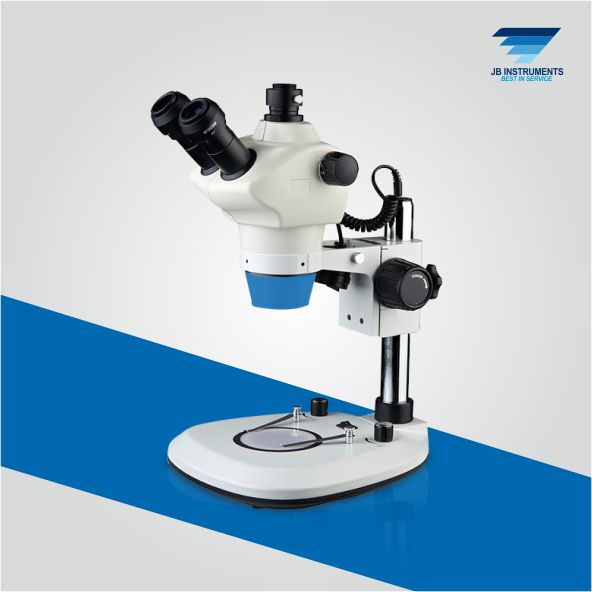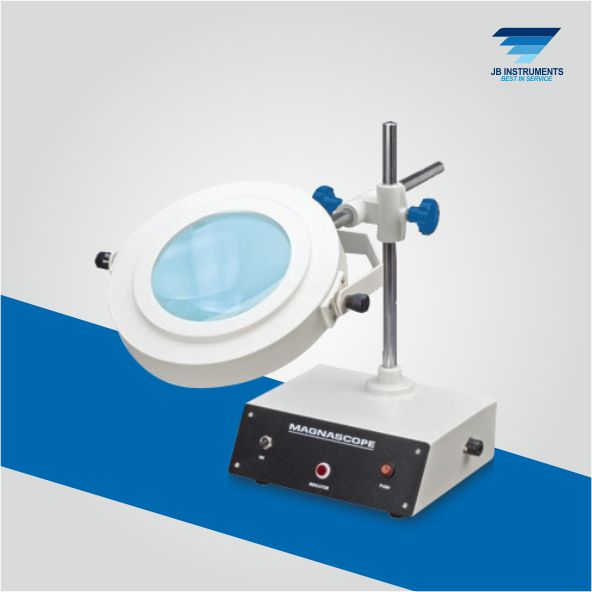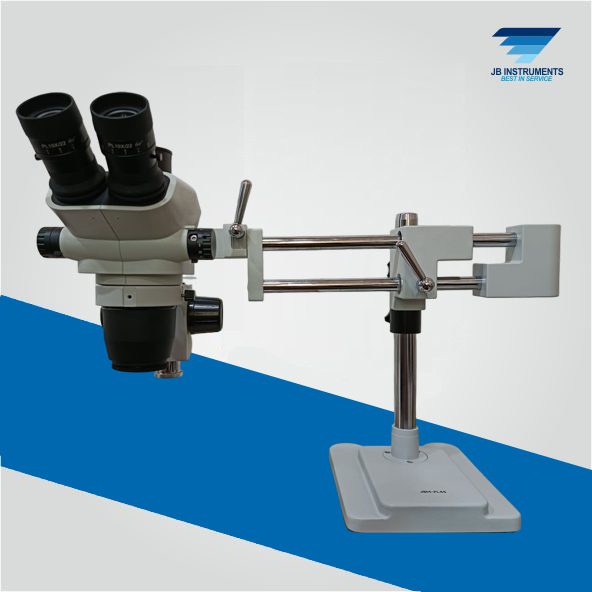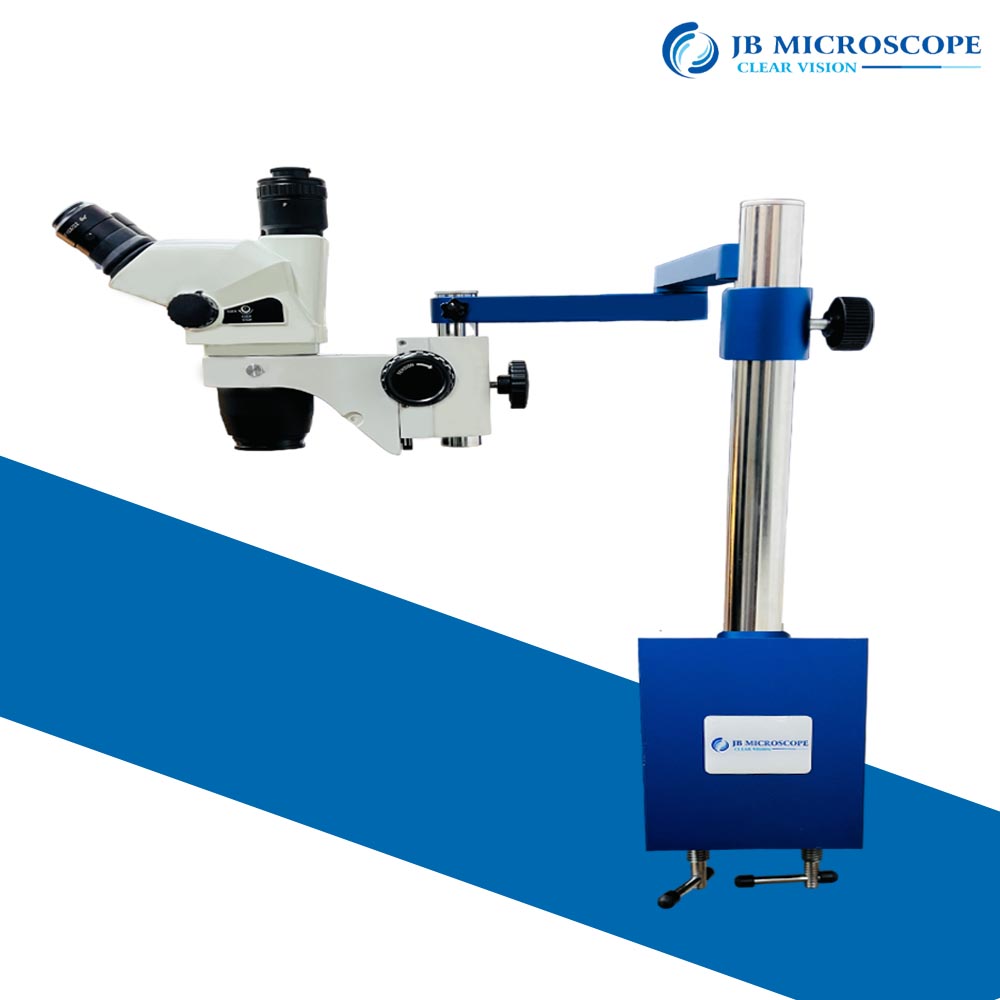Microscopes are indispensable tools in the realm of education, opening up a world of exploration and discovery for students in various disciplines. In educational institutions, whether primary schools, high schools, or universities, microscopes play a pivotal role in science education, allowing students to dive into the fascinating realm of the microscopic.
The Educational Microscope: A Window to the Invisible
Microscopes in educational institutions are specially designed to cater to the diverse needs of students across different grade levels. These instruments are equipped with features that make learning engaging, interactive, and informative.
1. Binocular Viewing:
Educational microscopes often come with binocular eyepieces, providing students with a more immersive and comfortable viewing experience. This design encourages collaborative learning as students can share their observations and insights.
2. Easy to Use:
Designed with user-friendly controls, educational microscopes are intuitive and accessible for students of all ages. This simplicity ensures that students can focus on the scientific principles being taught rather than struggling with complicated equipment.
3. Versatility in Applications:
From biology and chemistry to physics and environmental science, educational microscopes are versatile tools that can be used across various disciplines. Students can explore the intricate structures of cells, examine microorganisms, and analyze different materials.
4. Digital Imaging Capabilities:
In the digital age, many educational microscopes come equipped with cameras or can be connected to digital imaging devices. This allows students to capture images or videos of their observations, creating a valuable resource for projects, presentations, and documentation.
5. Durability and Safety:
Considering the often hands-on nature of educational settings, microscopes for educational institutions are built to withstand regular use. Additionally, safety features are incorporated to ensure a secure learning environment for students.
Applications Across Subjects:
1. Biology:
In biology classes, students can explore the microscopic world of cells, tissues, and organisms. Observing live specimens and conducting experiments enhance their understanding of biological concepts.
2. Chemistry:
In chemistry labs, microscopes aid students in analyzing crystals, studying chemical reactions, and understanding the composition of various substances at the molecular level.
3. Physics:
Microscopes are used in physics to study the properties of materials, investigate the behavior of light, and delve into the principles of optics.
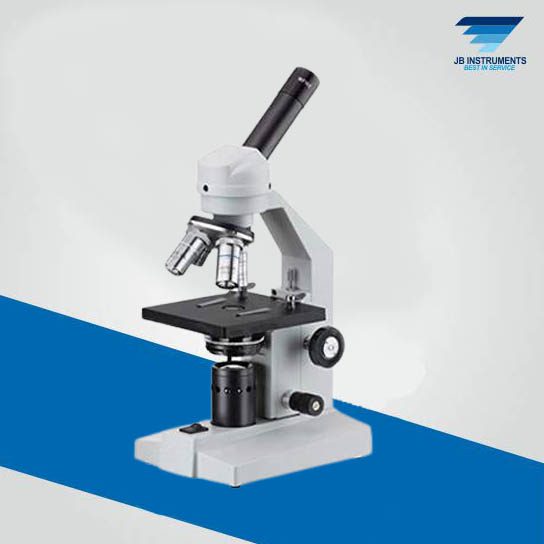
Educational microscopes are not just instruments; they are catalysts for curiosity and scientific inquiry. By providing students with the means to explore the invisible and understand the fundamental building blocks of the natural world, these microscopes contribute significantly to fostering a lifelong love for learning and an appreciation for the wonders of science. In the hands of eager learners, a simple educational microscope becomes a powerful tool for unlocking the secrets of the universe.

